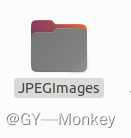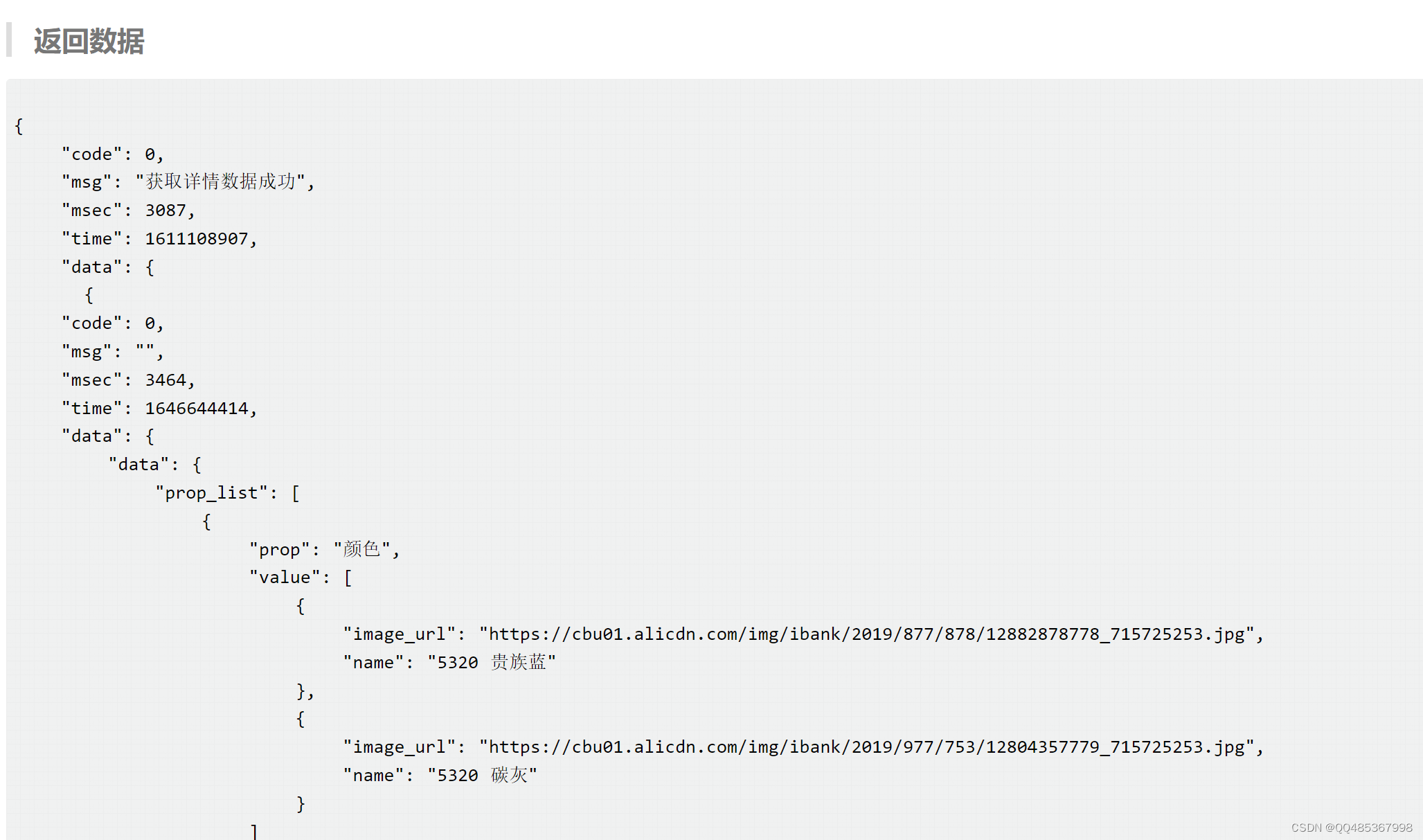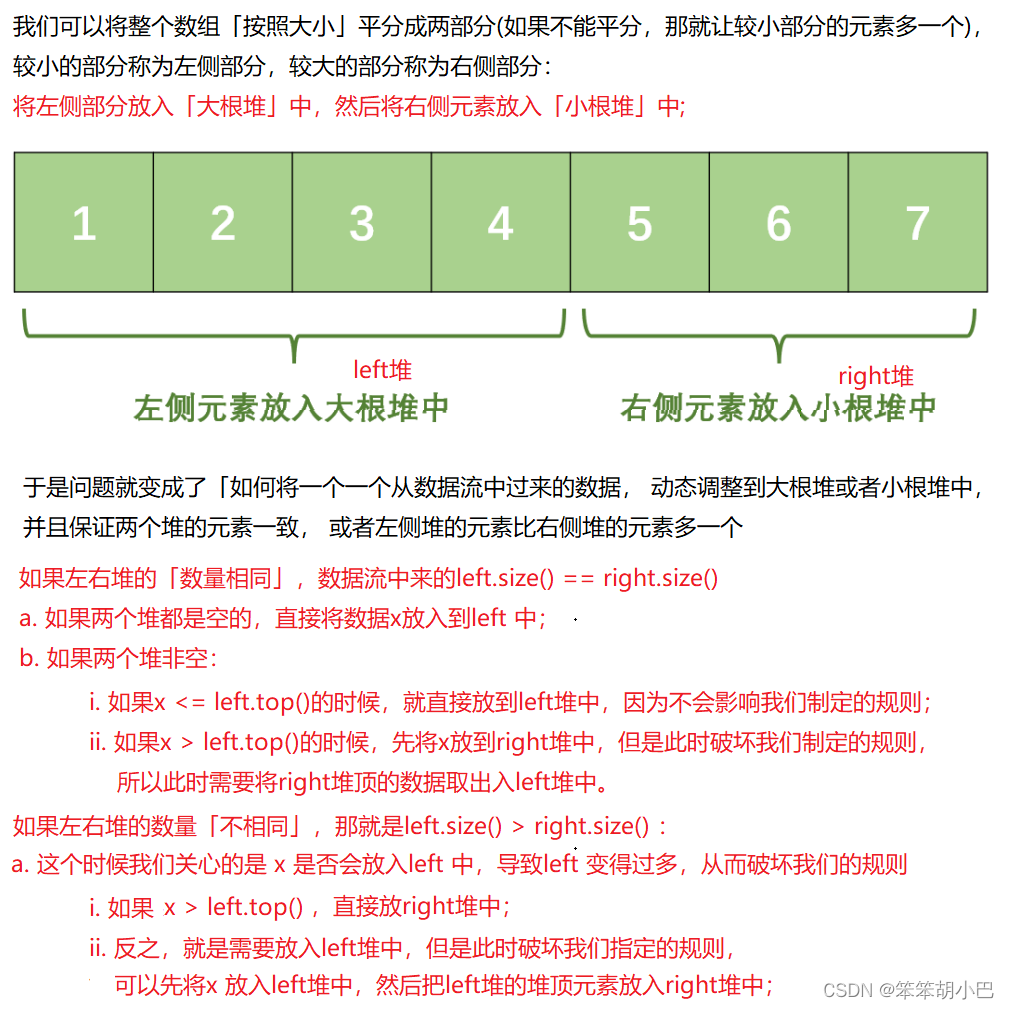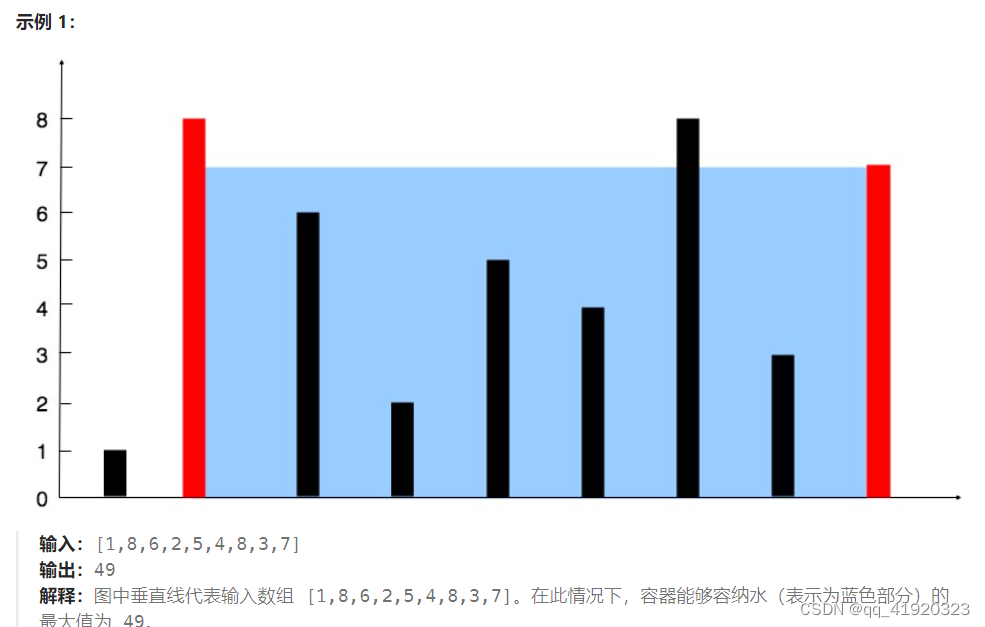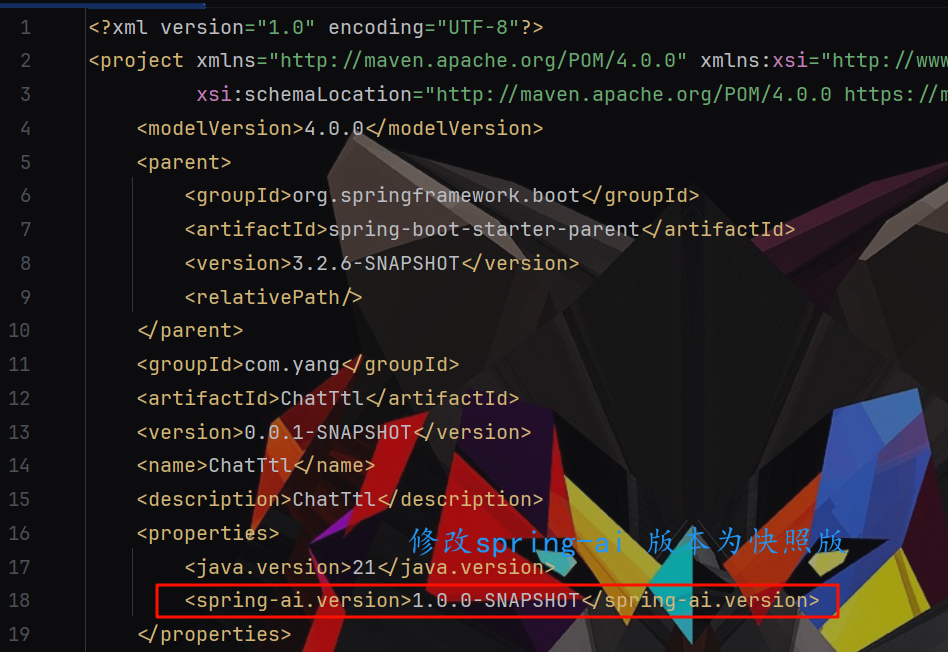
题目
假设你是一家在线零售商的数据库管理员,需要分析两类客户的数据。一个集合 purchased_customers 包含在最近一次促销活动中购买了商品的客户ID,另一个集合 newsletter_subscribers 包含订阅了新闻通讯的客户ID。编写一个函数 analyze_customers,返回一个包含以下内容的字典:
- 既购买了商品又订阅了新闻通讯的客户ID集合
- 只购买了商品但没有订阅新闻通讯的客户ID集合
- 只订阅了新闻通讯但没有购买商品的客户ID集合
- 购买商品和订阅新闻通讯的所有唯一客户ID集合
示例:
输入:
purchased_customers = {1001, 1002, 1003, 1004}
newsletter_subscribers = {1003, 1004, 1005, 1006}
输出:
def analyze_customers(purchased_customers, newsletter_subscribers)
->
{'both': {1003, 1004},'only_purchased': {1001, 1002},'only_subscribed': {1005, 1006},'all_customers': {1001, 1002, 1003, 1004, 1005, 1006}
}
答案
解题思路
考虑使用python中关于集合的操作。注意题目要求生成一个字典,想想字典和集合有什么不同。
答案代码
def analyze_customers(purchased_customers, newsletter_subscribers):return {"both": purchased_customers & newsletter_subscribers,"only_purchased": purchased_customers - newsletter_subscribers,"only_subscribed": newsletter_subscribers - purchased_customers,"all_customers": purchased_customers | newsletter_subscribers}purchased_customers = {1001, 1002, 1003, 1004}
newsletter_subscribers = {1003, 1004, 1005, 1006}
result = analyze_customers(purchased_customers, newsletter_subscribers)
print(result)
集合(Set)的用法
集合(Set)用于存储多个不重复的元素。集合是无序的,并且元素不能重复。集合支持各种数学集合操作,如并集、交集和差集。
- 创建集合:使用花括号
{}或者set()函数 。注意,空集合只能使用set()创建,因为{}被用来创建空字典。 - 集合的操作:
- 添加元素 使用
add()方法 - 移除元素:使用
remove()或discard()方法移除元素。区别是remove()在元素不存在时会引发 KeyError,而discard()不会
- 添加元素 使用
fruits = {"apple", "banana"}# 添加元素
fruits.add("cherry")
print(fruits) # 输出: {'apple', 'banana', 'cherry'}# 移除元素
fruits.remove("banana")
print(fruits) # 输出: {'apple', 'cherry'}fruits.discard("banana") # 不引发错误
- 集合的运算 :
- 并集:使用
union()方法或|运算符 - 交集:使用
intersection()方法或&运算符 - 差集:使用
difference()方法或-运算符 - 对称差集:使用
symmetric_difference()方法或^运算符。(对称差集是所有属于一个集合但不属于另一个集合的元素。)
- 并集:使用
A = {1, 2, 3}
B = {3, 4, 5}# 并集
print(A.union(B)) # 输出: {1, 2, 3, 4, 5}
print(A | B) # 输出: {1, 2, 3, 4, 5}# 交集
print(A.intersection(B)) # 输出: {3}
print(A & B) # 输出: {3}# 差集
print(A.difference(B)) # 输出: {1, 2}
print(A - B) # 输出: {1, 2}# 对称差集
print(A.symmetric_difference(B)) # 输出: {1, 2, 4, 5}
print(A ^ B) # 输出: {1, 2, 4, 5}
更多详细答案可关注公众号查阅。


